Oscillate Mildly
The world found itself in a rather antagonistic and divisive state this year, as if none of the lessons from the 20th Century’s noted conflicts and stand-offs had been learnt.
Subtle political messages came with several releases; honorary Berliner Mark Reeder used the former divided city as symbolism to warn of the dangers of isolationism on his collaborative album ‘Mauerstadt’. Meanwhile noted Francophile Chris Payne issued the ELECTRONIC CIRCUS EP ‘Direct Lines’ with its poignant warning of nuclear apocalypse in its title song. The message was to unite and through music as one of the best platforms.
After a slow start to 2017, there was a bumper crop of new music from a number of established artists. NINE INCH NAILS and Gary Numan refound their mojo with their respective ‘Add Violence’ and ‘Savage (Songs From A Broken World)’ releases, with the latter recording his best body of work since his imperial heyday.
But the first quarter of the year was hamstrung by the anticipation for the 14th DEPECHE MODE long player ‘Spirit’, with other labels and artists aware that much of their potential audience’s hard earned disposable income was being directed towards the Basildon combo’s impending album and world tour. Yet again, reaction levels seemed strangely muted as ‘Spirit’ was another creative disappointment, despite its angry politicised demeanour.
Rumours abounded that the band cut the album’s scheduled recording sessions by 4 weeks. This inherent “that’ll do” attitude continued on the ‘Global Spirit’ jaunt when the band insulted their loyal audience by doing nothing more than plonking an arena show into a stadium for the summer outdoor leg.
Despite protestations from some Devotees of their dissatisfaction with this open-air presentation, they were content to be short-changed again as they excitedly flocked to the second set of European arena dates with the generally expressed excuse that “it will be so much better indoors”.
By this Autumn sojourn, only three songs from ‘Spirit’ were left in the set, thus indicating that the dire record had no longevity and was something of a lemon. Suspicions were finally confirmed at the ‘Mute: A Visual Document’ Q&A featuring Daniel Miller and Anton Corbijn, when the esteemed photographer and visual director confessed he did not like the album which he did the artwork for… see, it’s not just ELECTRICITYCLUB.CO.UK 😉
Devotees are quick to say all criticism of DEPECHE MODE is unfair, but the band can’t help but make themselves easy targets time and time again. But why should the band care? The cash is coming, the cash is coming…
Luckily, veteran acts such as OMD and Alison Moyet saved the day. The Wirral lads demonstrated what the word spirit actually meant on their opus ‘The Punishment Of Luxury’, while the former class mate of Messrs Gore and Fletcher demonstrated what a soulful, blues-influenced electronic record should sound like with ‘Other’.
As Tony Hadley departed SPANDAU BALLET and Midge Ure got all ‘Orchestrated’ in the wake of ULTRAVOX’s demise, the ‘Welcome To The Dancefloor’ album directed by Rusty Egan, to which they contributed, became a physical reality in 2017.
Now if DM plonked an arena show into the world’s stadiums, KRAFTWERK put a huge show into a theatre. The publicity stunt of 2012, when Tate Modern’s online ticket system broke down due to demand for their eight album live residency, did its job when the Kling Klang Quartett sold out an extensive UK tour for their 3D concert spectacular.
No less impressive, SOULWAX wowed audiences with their spectacular percussion heavy ‘From Deewee’ show and gave a big lesson to DEPECHE MODE as to how to actually use live drums correctly within an electronic context.
Mute Artists were busy with releases from ERASURE, LAIBACH and ADULT. but it was GOLDFRAPP’s ‘Silver Eye’ that stole the show from that stable. LCD SOUNDSYSTEM returned after seven years with their ‘American Dream’ and it was worth the wait, with the most consistent and electronic record that James Murphy’s ensemble has delivered in their career.
To say Neil Arthur was prolific in 2017 would be an understatement as he released albums with BLANCMANGE and FADER while Benge, a co-conspirator on both records, worked with I SPEAK MACHINE to produce ‘Zombies 1985’ which was one of the best electronic albums of the year; and that was without the JOHN FOXX & THE MATHS stage play soundtrack ‘The Machines’.
Despite JAPAN having disbanded in 1982, solo instrumental releases from Steve Jansen and Richard Barbieri were particularly well-received, while David Sylvian made a return of sorts, guesting on ‘Life Life’ for ‘async’, the first album from Ryuichi Sakamoto since recovering from his illness. On the more esoteric front, Brian Eno presented the thoughtful ambience of ‘Reflection’, while THE RADIOPHONIC WORKSHOP had ‘Burials In Several Earths’.
2017 was a year that saw acts who were part of the sine wave of Synth Britannia but unable to sustain or attain mainstream success like BLUE ZOO, B-MOVIE, FIAT LUX and WHITE DOOR welcomed back as heroes, with their talent belatedly recognised. Germany had something of a renaissance as veterans Zeus B Held and ex-TANGERINE DREAM member Steve Schroyder came together in DREAM CONTROL as another TD offshoot QUAESCHNING & SCHNAUSS offered up some impressive ‘Synthwaves’, while there actually was a new TANGERINE DREAM album, their first without late founder member Edgar Froese.
Eberhard Kranemann and Harald Grosskopf offered up some KRAUTWERK as other veterans like RHEINGOLD, DER PLAN, BOYTRONIC and DJ HELL also returned. Comparatively younger, 2RAUMWOHNUNG and KATJA VON KASSEL both offered up enticing bilingual takes on classic electronic pop.
The Swedish synth community again delivered with DAILY PLANET, PAGE, REIN, VANBOT, ANNA ÖBERG, 047 and LIZETTE LIZETTE all delivering fine bodies of work, although KITE were missed, with their German tour cancelled and release of their ‘VII’ EP postponed due to vocalist Nicklas Stenemo’s illness; ELECTRICITYCLUB.CO.UK wishes him all the best in his recovery.
Across the Baltic Sea, Finnish producer Jori Hulkkonen released his 20th album ‘Don’t Believe In Happiness’ while nearby in Russia, a duo named VEiiLA showcased an unusual hybrid of techno, opera and synthpop and ROSEMARY LOVES A BLACKBERRY offered a ‘❤’.
One of the year’s discussion points was whether Synthwave was just synthpop dressed with sunglasses and neon signs but whatever, Stateside based Scots but Michael Oakley and FM-84 made a good impression with their retro-flavoured electronic tunes. It wasn’t all about the expats and in a territory as big as North America, there came a number of up-and-coming home grown electronic artists with LOST IN STARS, PARALLELS, PATTERN LANGUAGE, SPACEPRODIGI, COMPUTER MAGIC and BATTLE TAPES all gaining traction.
Canada’s PURITY RING infuriated some of their fanbase by working with KATY PERRY on three tracks for her album ‘Witness’. AESTHETIC PERFECTION’s new singles only policy was paying dividends and the Electro Mix of ‘Rhythm + Control’, which featured the promising newcomer NYXX, was one of the best tracks of 2017.
Female solo artists had strong presence in 2017 as FEVER RAY made an unexpected return, ZOLA JESUS produced her best work to date in ‘Okovi’ and Hannah Peel embarked on an ambitious synth / brass ‘Journey to Cassiopeia’. Meanwhile, SARAH P. asked ‘Who Am I’ and MARNIE found ‘Strange Words & Weird Wars’ as ANI GLASS and NINA both continued on their promising developmental path.
Other female fronted acts like KITE BASE, SPECTRA PARIS, BLACK NAIL CABARET, AVEC SANS, EMT and THE GOLDEN FILTER again reinforced that electronic music was not solely about boys with their toys.
Respectively, Ireland and Scotland did their bit, with TINY MAGNETIC PETS and their aural mix of SAINT ETIENNE and KRAFTWERK successfully touring with OMD in support of their excellent second album ‘Deluxe/Debris’, while formed out of the ashes of ANALOG ANGEL, RAINLAND wowed audiences opening for ASSEMBLAGE 23. Other new(ish) acts making a positive impression this year included KNIGHT$, MOLINA, ANNEKA, SOFTWAVE, THE FRIXION and KALEIDA.
Despite getting a positive response, both iEUROPEAN and SOL FLARE parted ways while on the opposite side of the coin, Belgian passengers METROLAND celebrated five years in the business with the lavish ‘12×12’ boxed set
Overall in 2017, it was artists of a more mature disposition who held their heads high and delivered, as some newer acts went out of their way to test the patience of audiences by drowning them in sleep while coming over like TRAVIS on VSTs.
With dominance of media by the three major labels, recognition was tricky with new quality traditional synthpop not generally be championed by the mainstream press. With Spotify now 20% owned by those three majors, casual listeners to the Swedish streaming platform were literally told what to like, as with commercial radio playlists.
It is without doubt that streaming and downloading has created a far less knowledgeable music audience than in previous eras, so Rusty Egan’s recent online petition to request platforms to display songwriting and production credits was timely; credit where credit is due as they say…
While ELECTRICITYCLUB.CO.UK does not dismiss Spotify totally and sees it as another tool, it should not be considered the be all and end all, in the same way vinyl is not the saviour of the music industry and in physics terms, cannot handle the same dynamic range as CD. Music is not as emotionally valued as it was before… that’s not being old and nostalgic, that is reality. It can still be enjoyed with or without a physical purchase, but for artists to be motivated to produce work that can connect and be treasured, that is another matter entirely.
However, many acts proved that with Bandcamp, the record company middle man can be eliminated. It is therefore up to the listener to be more astute, to make more effort and to make informed choices. And maybe that listener has to seek out reliable independent media for guidance.
However, as with the shake-up within the music industry over the last ten years, that can only be a good thing for the true synthpop enthusiast. And as it comes close to completing its 8th year on the web, ELECTRICITYCLUB.CO.UK maintains its position of not actually promoting new acts or supporting any scene, but merely to write about the music it likes and occasionally stuff it doesn’t… people can make their own mind up about whether to invest money or time in albums or gigs.
Yes, things ARE harder for the listener and the musician, but the effort is worthwhile 😉
ELECTRICITYCLUB.CO.UK Contributor Listings 2017
PAUL BODDY
Best Album: QUASCHENING & SCHNAUSS Synthwaves
Best Song: BATTLE TAPES No Good
Best Gig: SOULWAX at O2 Ritz Manchester
Best Video: SOULWAX Is it Always Binary?
Most Promising New Act: MARIE DAVIDSON
IAN FERGUSON
Best Album: OMD The Punishment of Luxury
Best Song: SPARKS Edith Piaf (Said it Better Than Me)
Best Gig: SPEAK & SPELL at Glastonbury
Best Video: ALISON MOYET Reassuring Pinches
Most Promising New Act: MICHAEL OAKLEY
SIMON HELM
Best Album: PAGE Det Är Ingen Vacker Värld Men Det Råkar Vara Så Det Ser Ut
Best Song: LAU NAU Poseidon
Best Gig: PAGE at Electronic Summer 2017
Best Video: PSYCHE Youth Of Tomorrow
Most Promising New Act: ANNA ÖBERG
CHI MING LAI
Best Album: I SPEAK MACHINE Zombies 1985
Best Song: AESTHETIC PERFECTION Rhythm + Control – Electro Version
Best Gig: OMD + TINY MAGNETIC PETS at Cambridge Corn Exchange
Best Video: I SPEAK MACHINE Shame
Most Promising New Act: MICHAEL OAKLEY
RCHARD PRICE
Best Album: FADER First Light
Best Song: OMD Isotype
Best Gig: MARC ALMOND at London Roundhouse
Best Video: GOLDFRAPP Anymore
Most Promising New Act: NINA
STEPHEN ROPER
Best Album: OMD The Punishment of Luxury
Best Song: DUA LIPA Be The One
Best Gig: HANNAH PEEL at Norwich Arts Centre
Best Video: PIXX I Bow Down
Most Promising New Act: PIXX
MONIKA IZABELA TRIGWELL
Best Album: ZOLA JESUS Okovi
Best Song: GARY NUMAN My Name Is Ruin
Best Gig: ERASURE at London Roundhouse
Best Video: GARY NUMAN My Name Is Ruin
Most Promising New Act: ANNA ÖBERG
Text by Chi Ming Lai
14th December 2017


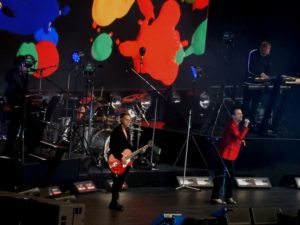
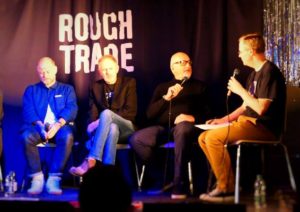

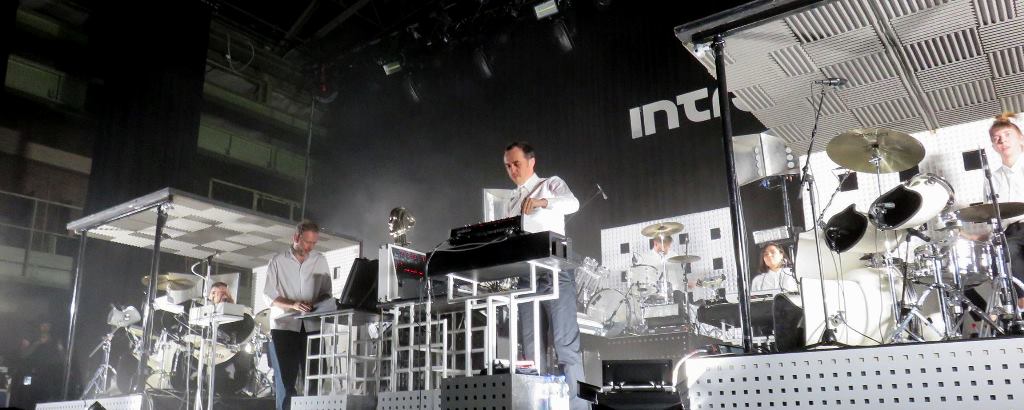
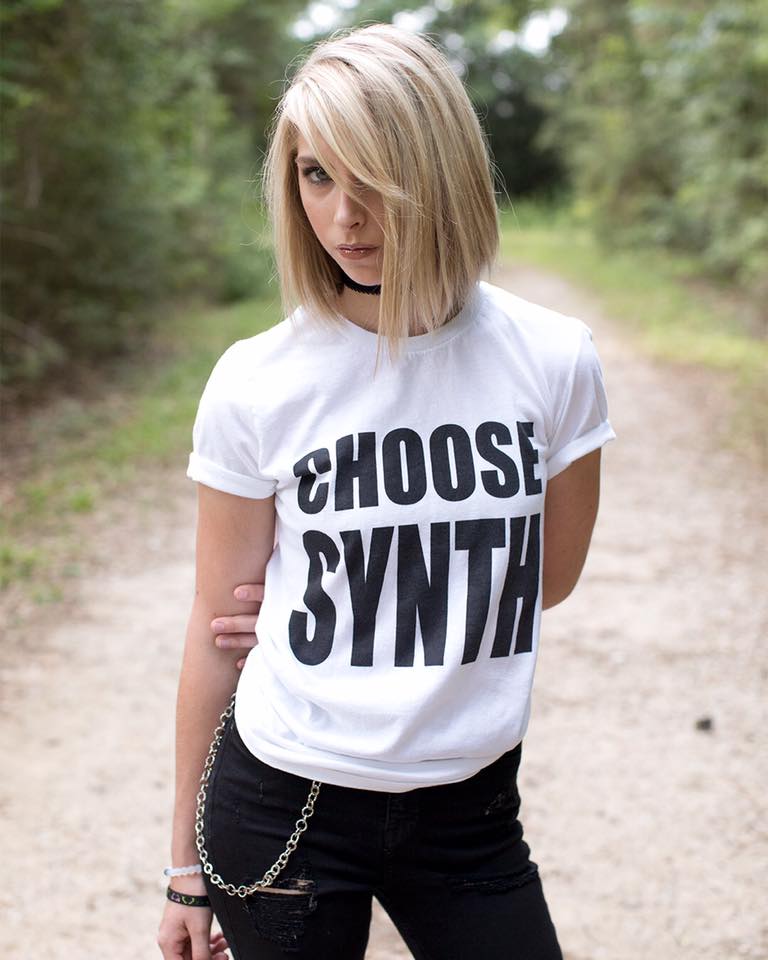
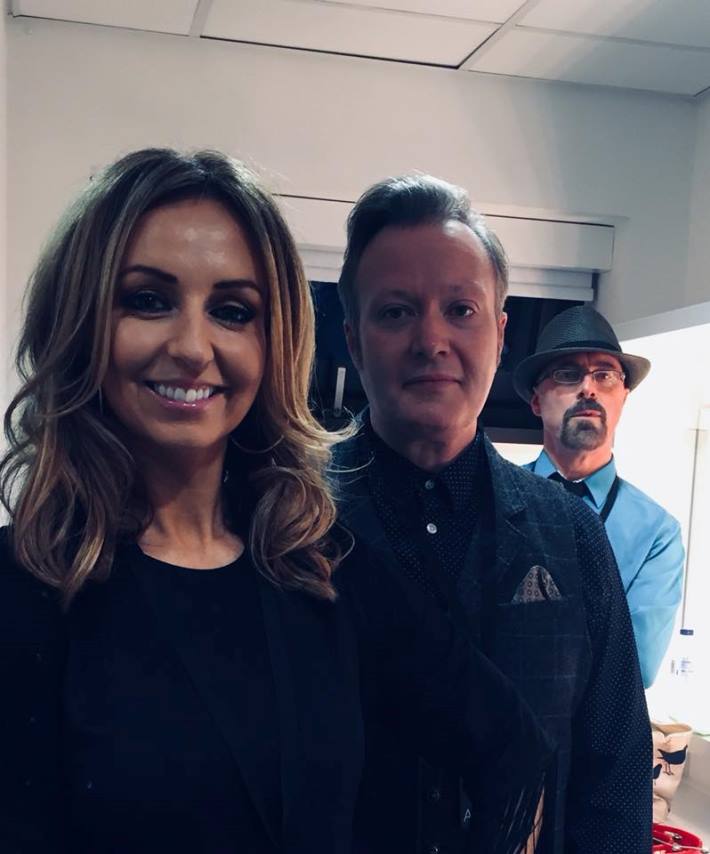
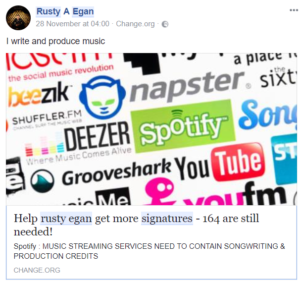
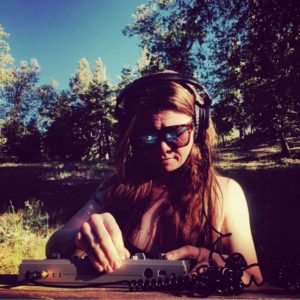
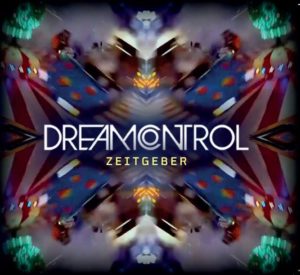
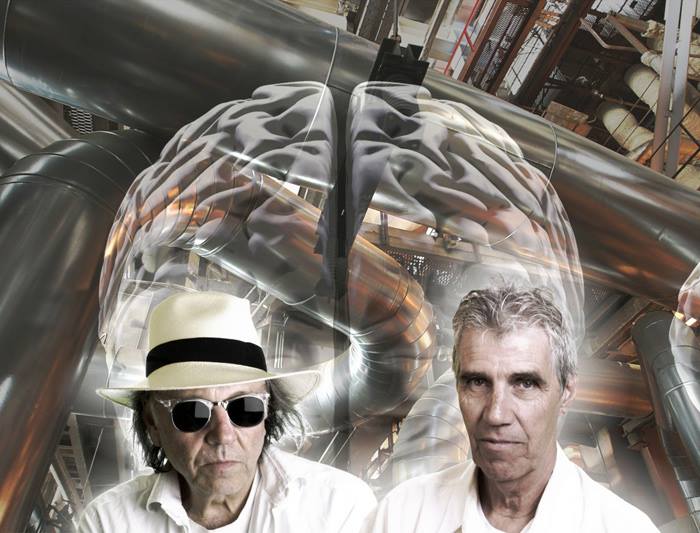
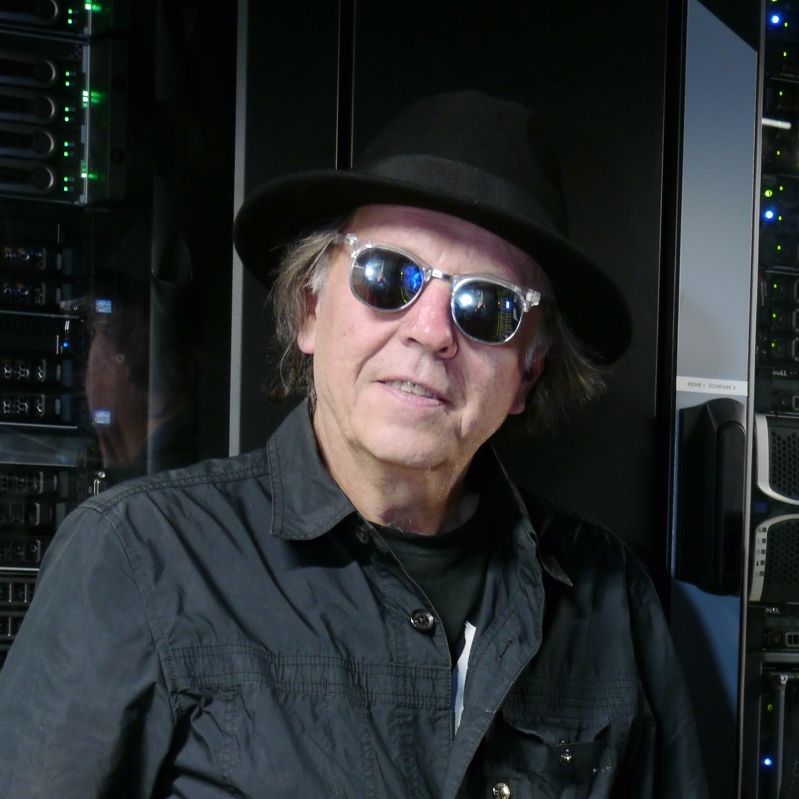
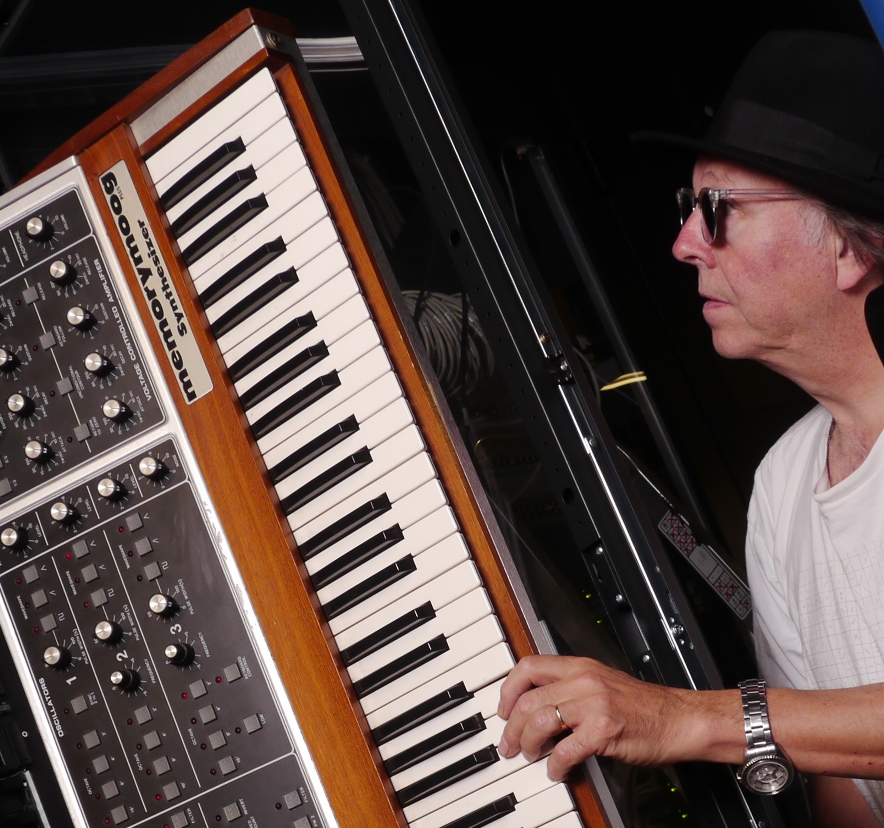
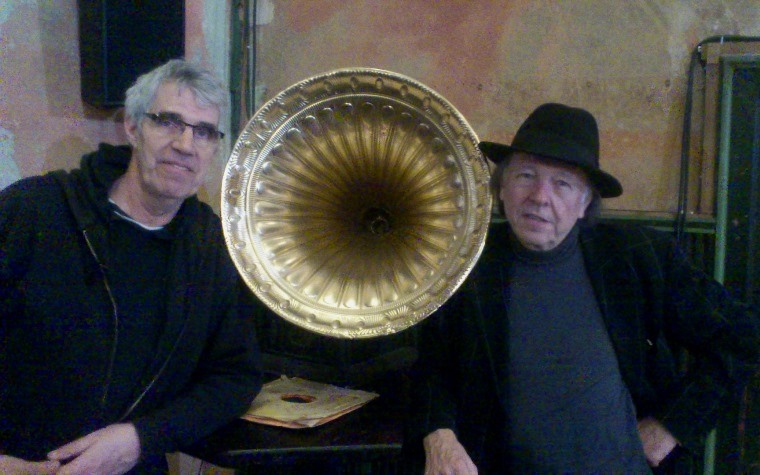
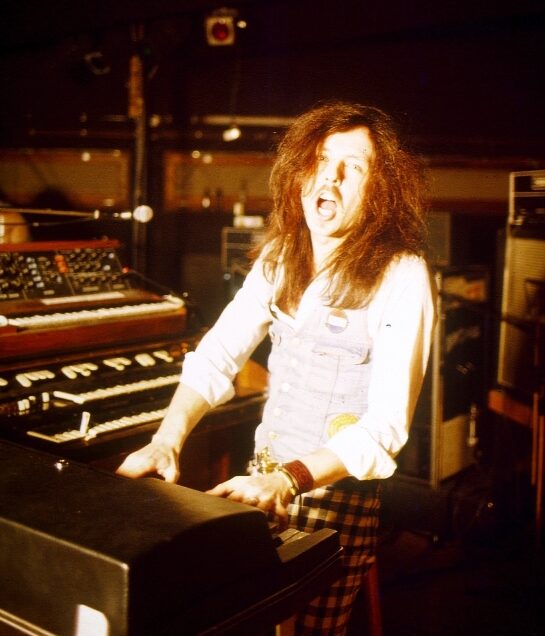
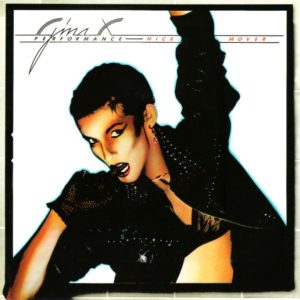
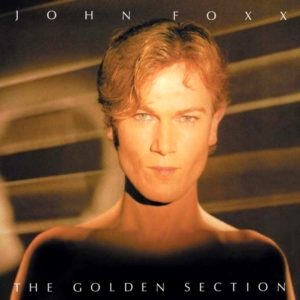
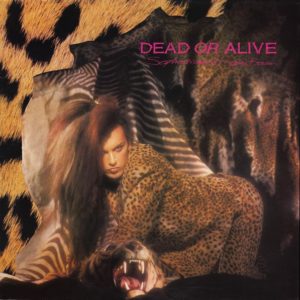
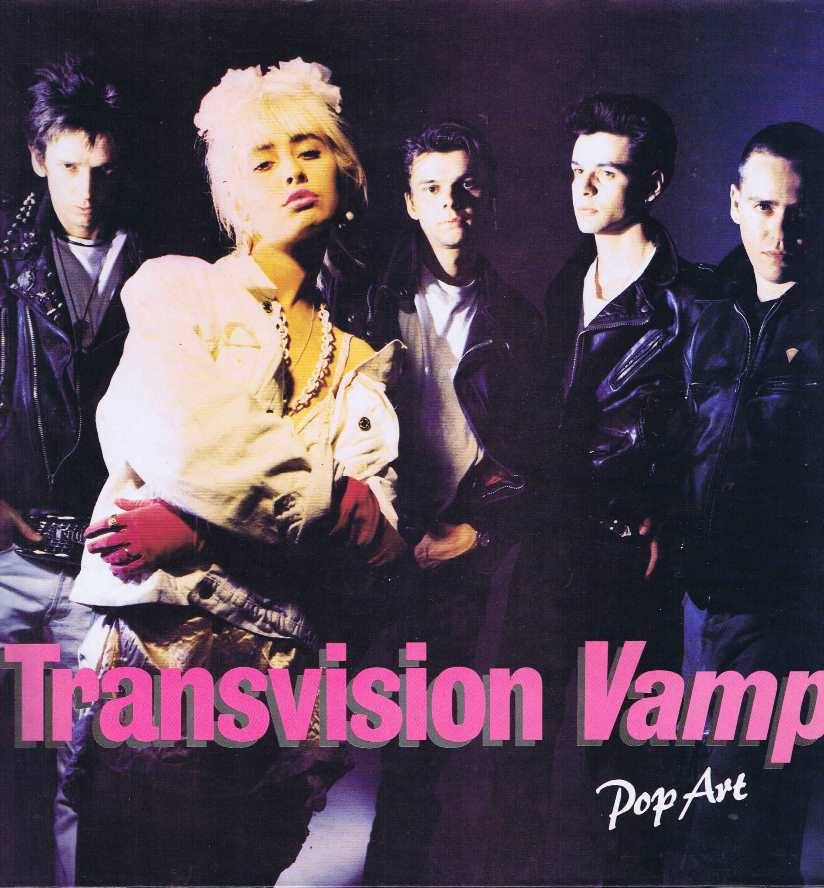
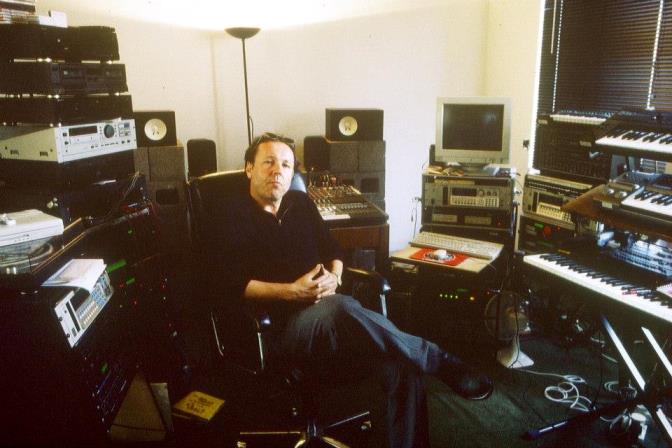
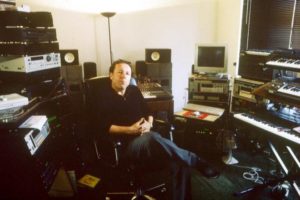
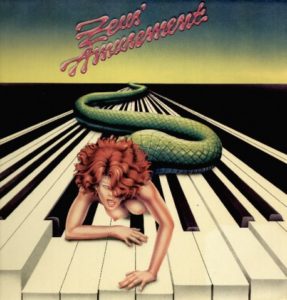
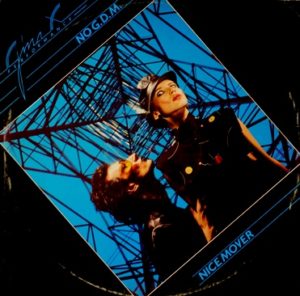
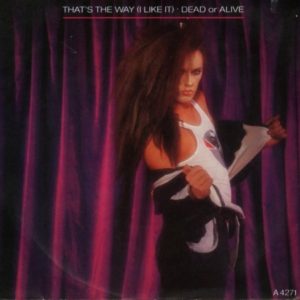
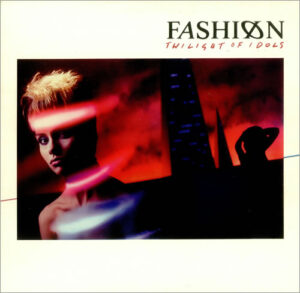
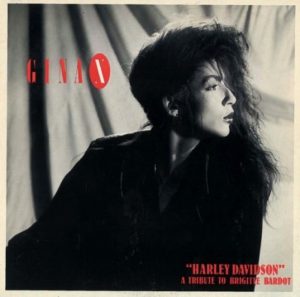
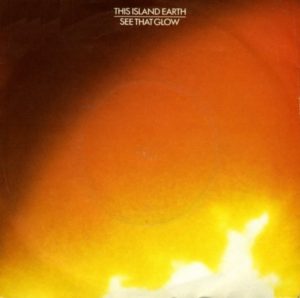
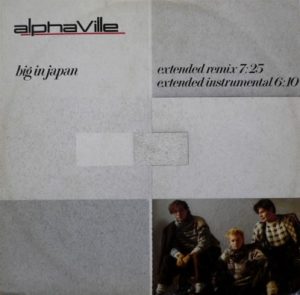
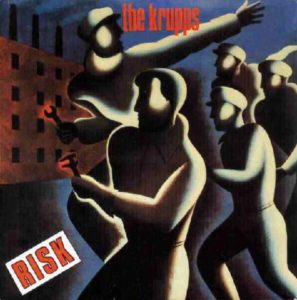
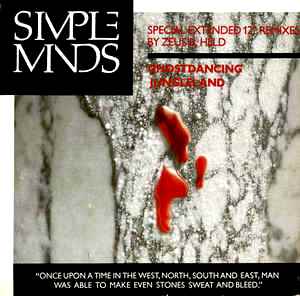
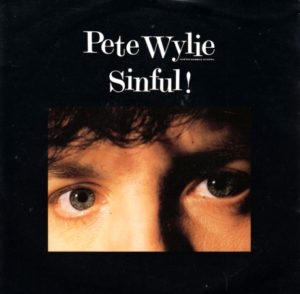

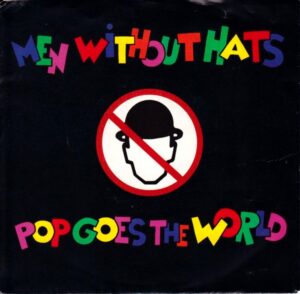
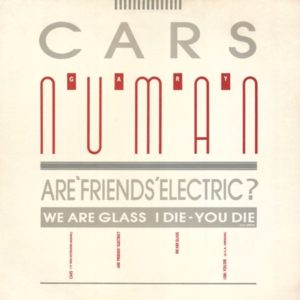
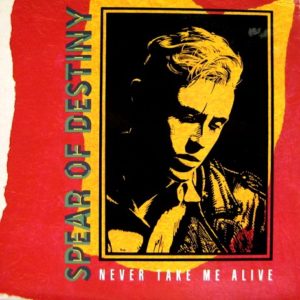
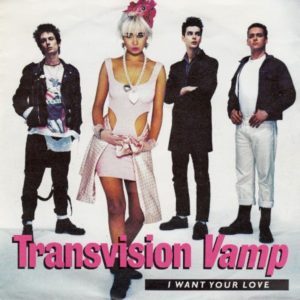
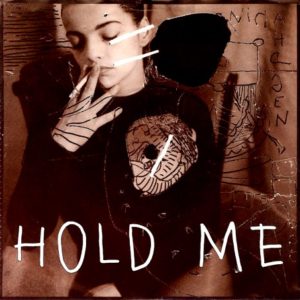
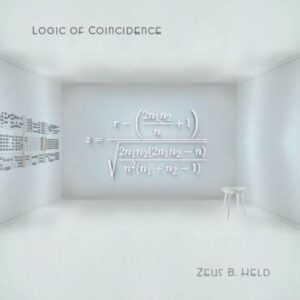
Follow Us!